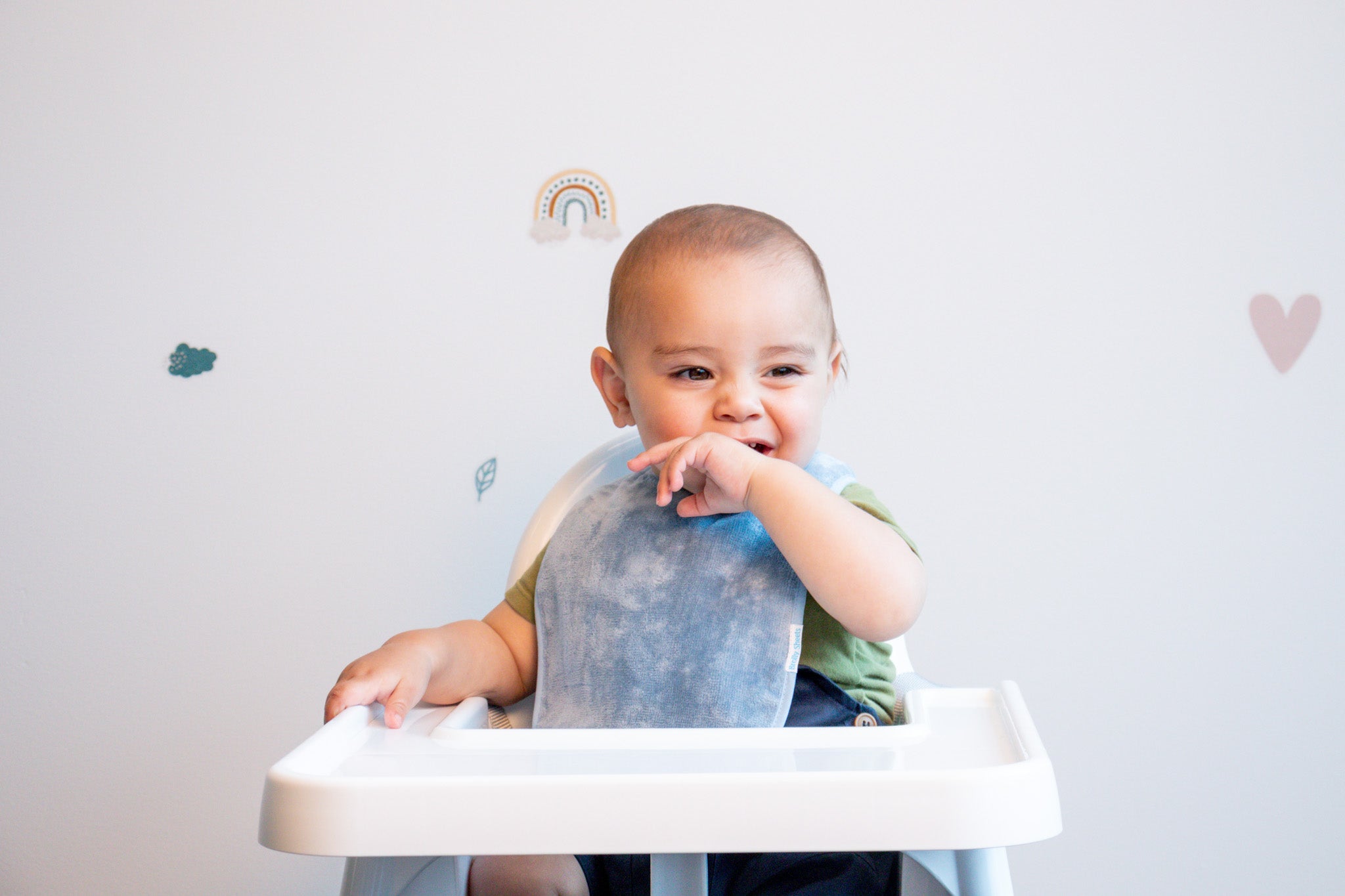
Teaching Our Kids That All Emotions are Normal and Four Good Places to Start
EMOTIONS - big, small, joyful, scary, or overwhelming, are all normal and healthy. Yet many of us grew up being told to hide or suppress feelings, often seeing them as a weakness. In reality, emotions are powerful teachers. They guide us, protect us, and help us better understand ourselves and others.
For children, emotions can feel confusing and intense. By helping kids develop emotional awareness and vocabulary, parents can lay the foundation for:
-
Healthy self-expression
-
Strong boundaries
-
Emotional resilience
-
Overall wellbeing

How Parents Can Support Children’s Emotional Development
1. Normalise All Feelings
When children learn that all emotions are normal, it reduces the fear or shame they may feel. Normalising emotions helps kids understand that being sad, angry, or scared doesn’t make them “bad”, it makes them human.
2. Help Kids Identify Their Emotions
Encourage your child to put words to their feelings. Talking about emotions with a trusted adult builds clarity and awareness while also fostering empathy for themselves and others.
3. Teach Emotional Acceptance
Once children can name their feelings, the next step is learning to accept and manage them. Building an “emotional toolkit” gives kids healthy strategies to cope when emotions feel overwhelming.
4. Learn Through Play
Conversations about emotions don’t need to be heavy or confrontational. Play-based learning is one of the best ways to explore feelings. Examples include:
-
Talking about characters in books or shows and how they feel
-
Using games designed to explore emotions
-
Storytelling that includes emotional vocabulary

Tools to Support Emotional Learning
AwesoME Inc has developed a wonderful tool to help normalise all emotions through play. The Emotional Warriors card set offers learning through playing - memory, snap or go fish. The set includes important prompts to promote discussion around each emotion, 18 emotions covered in total. There are also two bonus resilience tools included to help you get started on some healthy coping mechanisms.
When we support children’s curiosity about emotions, we help them build strong foundations for resilience, empathy, and wellbeing. By normalising, identifying, accepting, and exploring emotions through play, parents can guide kids toward a lifetime of emotional health.








